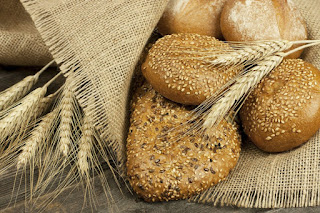Everyone on this planet has gone through something hard. Everyone has a story and everyone has experienced pain. For some, hope is the driving force that motivates them to continue on.
Hope is defined as an optimistic attitude of mind that is based on an expectation of positive outcomes related to events and circumstances in one's life or the world at large.
Did you know that hope can positively impact all aspects of life? You can become a more hopeful person by being mindful of the things that make up hopeful thinking. According to the Hope Theory, three things make up hopeful thinking:
- Goals: Approaching life in a goal-oriented way.
- Pathways: Finding different pathways to achieve your goals.
- Agency: Believing that you can instigate change and achieve these goals.
Hopeful thinkers are able to establish clear goals, imagine multiple workable pathways towards these goals, and persevere, even when obstacles get in their way. Hope is a state of mind that helps you navigate life's twists and turns and keeps you moving forward when times are tough. Hope is a human survival mechanism, and we couldn't thrive without it.
If you are suffering from hopelessness and despair, we can help you get on track to rediscovering the truth within your circumstances and living life to the fullest. Contact Marie K. Russo at mkr@mariekrusso.com for a free consultation.







